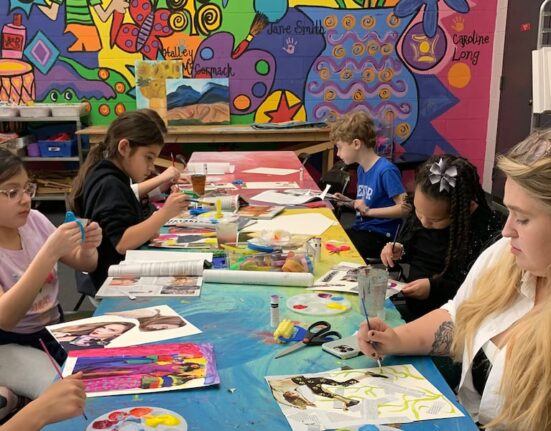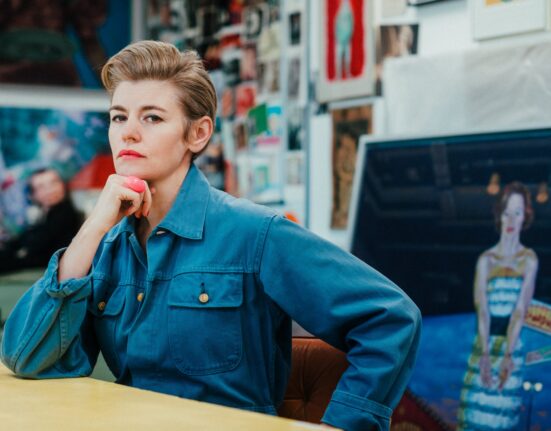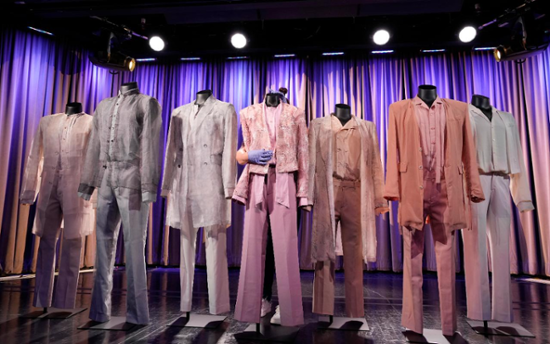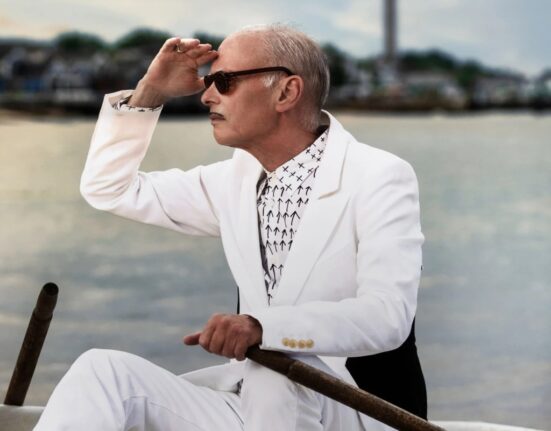Don’t even think about Brooklyn.
That was the golden rule in the late 1950s and early 1960s when the movement of artists into old factories in New York started to become a serious thing. Though Brooklyn had loads of empty industrial space, gallerists simply refused to venture out there. If artists had any hope of selling their work, they had to stay in Manhattan.
“The first time I heard that, I thought, that’s crazy,” says photographer Joshua Charow, who has just published Loft Law, a book about artists who pioneered a new way of living and working. “But it kept being said.”
The revival of desolate, unloved industrial areas by artists is the miracle of modern urban history. By now, the phenomenon is exceedingly familiar, observed in cities across the world. But the story of how it originated and evolved in New York is useful to consider as cities struggle with a stultifying asymmetry: office districts depleted by remote work while residential prices soar beyond the reach of anyone whose aspirations are not fixated on wealth. Where will the dynamism we want and expect from cities come from?
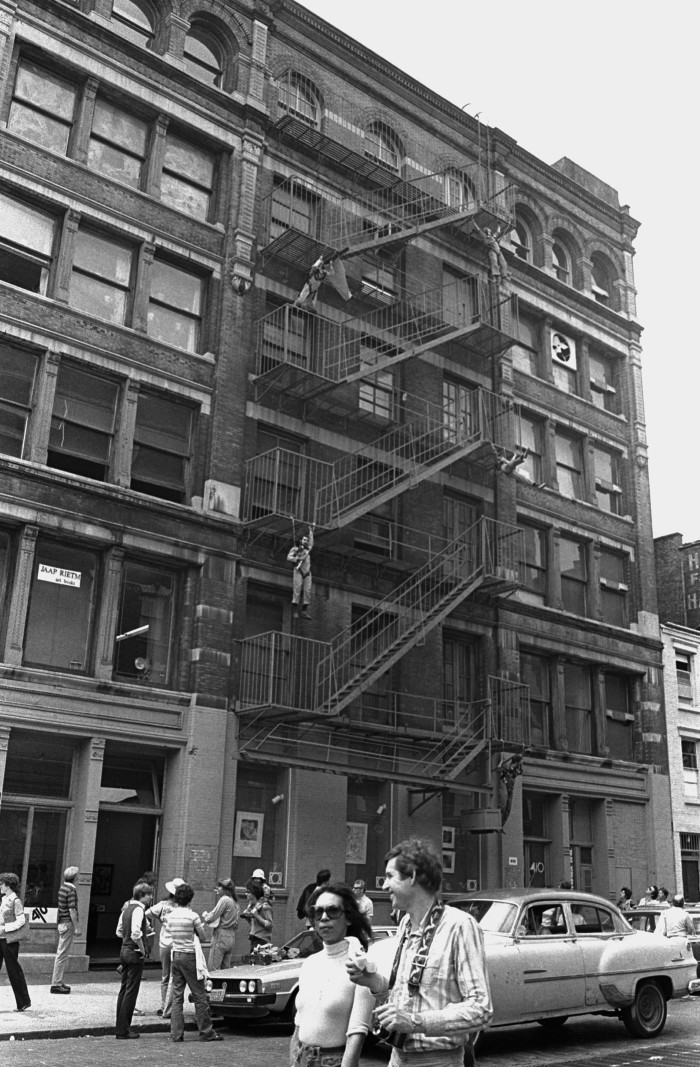
The original Cinderella neighbourhood is a rectilinear chunk of downtown Manhattan, bound by Houston Street to the north and Canal Street to the south. Around the time of America’s civil war, this was the bustling heart of New York, filled with fashionable merchants and workshops, as well as a robust confluence of brothels. The tight cluster of five- and six-storey cast-iron buildings created what architecture critic Michael Sorkin described as “a sense of enclosure and texture much like streets in Paris”.
If that sounds like a place to be treasured for all time, well, New York had no patience for such niceties as it plunged into the 20th century. It had a new subway that scattered people and commerce. The wealthy migrated to luxurious towers that formed a necklace around Central Park, while manufacturers relocated to larger facilities in outlying areas.
New York’s little piece of Paris, which lacked even a proper name, was referred to derisively as “the Valley”, or “Hell’s Hundred Acres” because of the frequency of fires, fell into disrepute and was taken over by garment sweatshops and purveyors of rags and machine parts. Even the brothels left for classier environs.
In 1959, when New York’s influential planning tsar Robert Moses formally submitted his plan for the 10-lane, elevated Lower Manhattan Expressway — slashing across the area’s once-majestic Broome Street — he expected it to be embraced as an unparalleled symbol of progress. Mobility was the essence of the modern city.
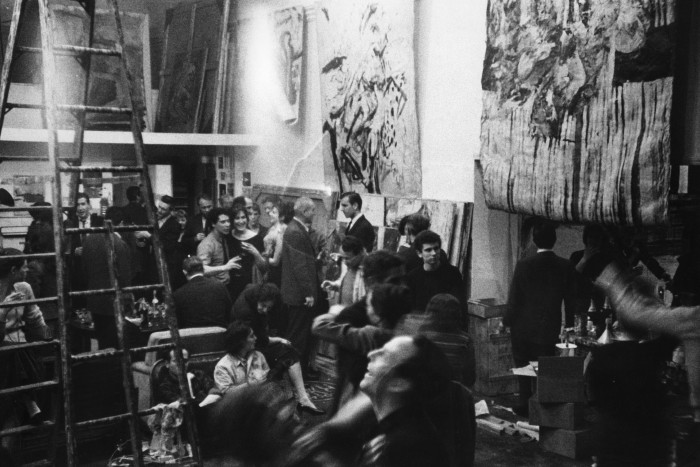
What Moses did not know, or at the very least discounted as something worthy of his attention, was that a sizeable contingent of artists was filtering into the surrounding neighbourhood, attracted by big raw space that could be bought or rented for next to nothing.
The cast-iron buildings so admired today were filthy wrecks. Zoning restrictions made it illegal to live there and only freaks would think to do so anyway. There were no kitchens; the plumbing, heating and electricity were antediluvian. Whatever needed doing you had to do yourself. But these artists were not timid souls raised in the suburbs. They were not afraid to get their hands dirty.
One galvanising force was a marvellous, Lithuanian-born kook named George Maciunas, the founder of the art movement known as Fluxus, which more or less bridged the gap between Dada and Pop. Maciunas envisioned the rebirth of this doomed area as an alternative, art-first civilisation. George, a documentary from 2018, tells his crazy, remarkable story; he was buddies with Yoko Ono and John Lennon, as well as a major influence on Andy Warhol, but, alas, a terrible civilisation builder.
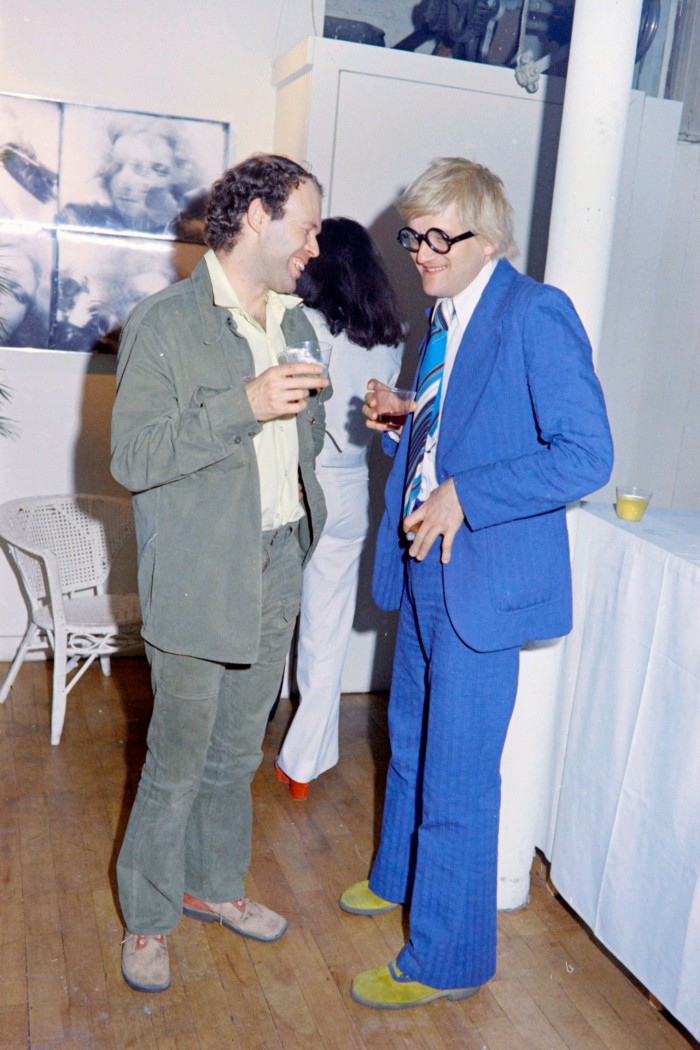
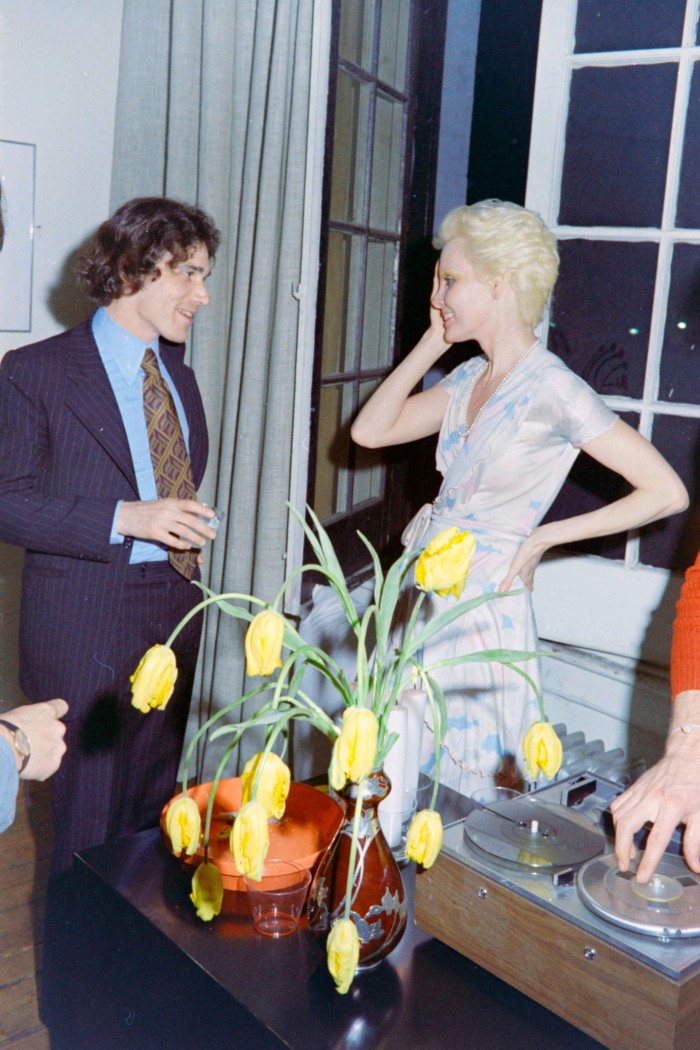
Slippery about finances and paperwork, he was beaten nearly to death by local goons over a delinquent debt, losing an eye and fading from the scene just as it was gaining critical mass. By that time, the neighbourhood had acquired a catchy name: SoHo, short for south of Houston.
In Loft Law, Charow picks up a parallel strand of the story. While Maciunas championed the ownership of lofts, most artists had to rent, often ending up at war with landlords who tried to throw them out the minute loft living became the slightest bit trendy. For protection, artists turned to elected officials, who would have happily ignored this minor constituency if only they could have.
“One thing politicians really don’t like is being yelled at,” says Michael Kozek, a prominent loft-tenant lawyer who was himself raised in a loft by artist parents. “The artists were tenacious. They made a lot of noise.” In 1982, New York passed the first loft law, establishing guidelines that enabled artists to stay in designated buildings at affordable rents. It has been updated and expanded several times since.
Charow became aware of these special arrangements when, as a teenager growing up in New Jersey, he made regular trips into the city to climb buildings and bridges, and explore abandoned subway tunnels. On one of these illicit adventures, he discovered a bunch of artists living in a former pasta factory. Who were these people, he wondered, and how did they get here? A few years later, when he moved to the city himself, he decided to explore this hidden society of misfits and document their stories.
Working off a list of addresses he found online, he started pressing buzzers. By this time, of course, the moratorium on Brooklyn had long since lapsed. Artists had infiltrated every old industrial quarter of the city. Most of them had been living there quietly for decades, diligently pursuing their singular visions while the city around them turned into something unrecognisable from the one they had arrived in decades previously.
“I won’t tell you what it cost but it was very cheap,” artist Carolyn Oberst told Charow about the building in the neighbourhood just becoming known as Tribeca that she and her partner Jeff Way moved into in 1975. “We’ll just leave it at that.” There were so few residents in the area that essentials were hard to come by; they relied on wholesalers willing to share their surplus goods. “They would leave wheels of Brie out on the docks, knowing we would come to get it,” said Way. “Everybody would go down and get a wheel.”
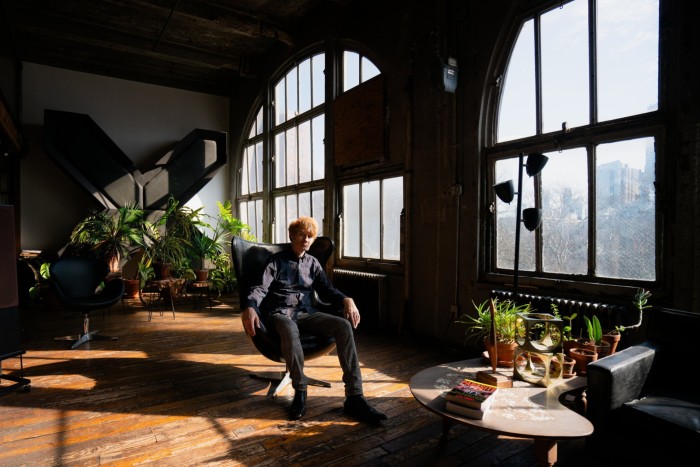
In the Brooklyn neighbourhood known as Dumbo (short for Down Under the Manhattan Bridge) Charow found an artist named Curtis Mitchell, who has lived for 40 years in a former ice-cream factory with 36-foot ceilings. “It’s a fantastic place,” Mitchell said. “Cold as hell in the winter and hot as hell in the summer. But I don’t care.” (Legend has it that local artists came up with the name Dumbo because it sounded silly and would deter real-estate agents. Oh well.)
After the Lower Manhattan Expressway was defeated by activists in the late 1960s, SoHo flourished over the next decade as an oasis of 3,000 artists — probably the best time and place to be a creative person as any in recent American history. But as money came flooding in, it turned into one of the most expensive neighbourhoods in the city while the artist population dropped close to zero. Meanwhile, however, close to 2,900 lofts throughout the city remain under protection.
What made SoHo’s renaissance possible in the first place was the single-mindedness of the artists, growing antipathy to disruptive public works and eventual political support for a process of neighbourhood regeneration that began organically. To the extent anyone ever had a plan, it was a tiny plan, or more like hundreds of simultaneous experiments, artists making it up as they went along.
This is the phenomenon that seems hardest to rekindle today when you look at problems such as empty office buildings or the lack of affordable housing. How low do economic conditions have to sink before ordinary citizens have the freedom to come up with their own ideas and run with them?
Part of Charow’s inspiration for his book was that he’d find a loft for himself, but he never did. He arrived, he figures, about 10 years too late. The last frontier was in Bushwick, a Brooklyn neighbourhood overwhelmed by crime and disorder as recently as two decades ago. It is now the closest thing New York has to SoHo in the 1970s, with plenty of gallerists, though it surely lacks any semblance of Parisian texture.
‘Loft Law: The Last of New York City’s Original Artist Lofts’ by Joshua Charow is published by Damiani Books. An exhibition of Charow’s artist portraits, including work by the artists, is at the Westwood Gallery, 262 Bowery, in Manhattan, until June 29
Find out about our latest stories first — follow FTWeekend on Instagram and X, and subscribe to our podcast Life and Art wherever you listen

